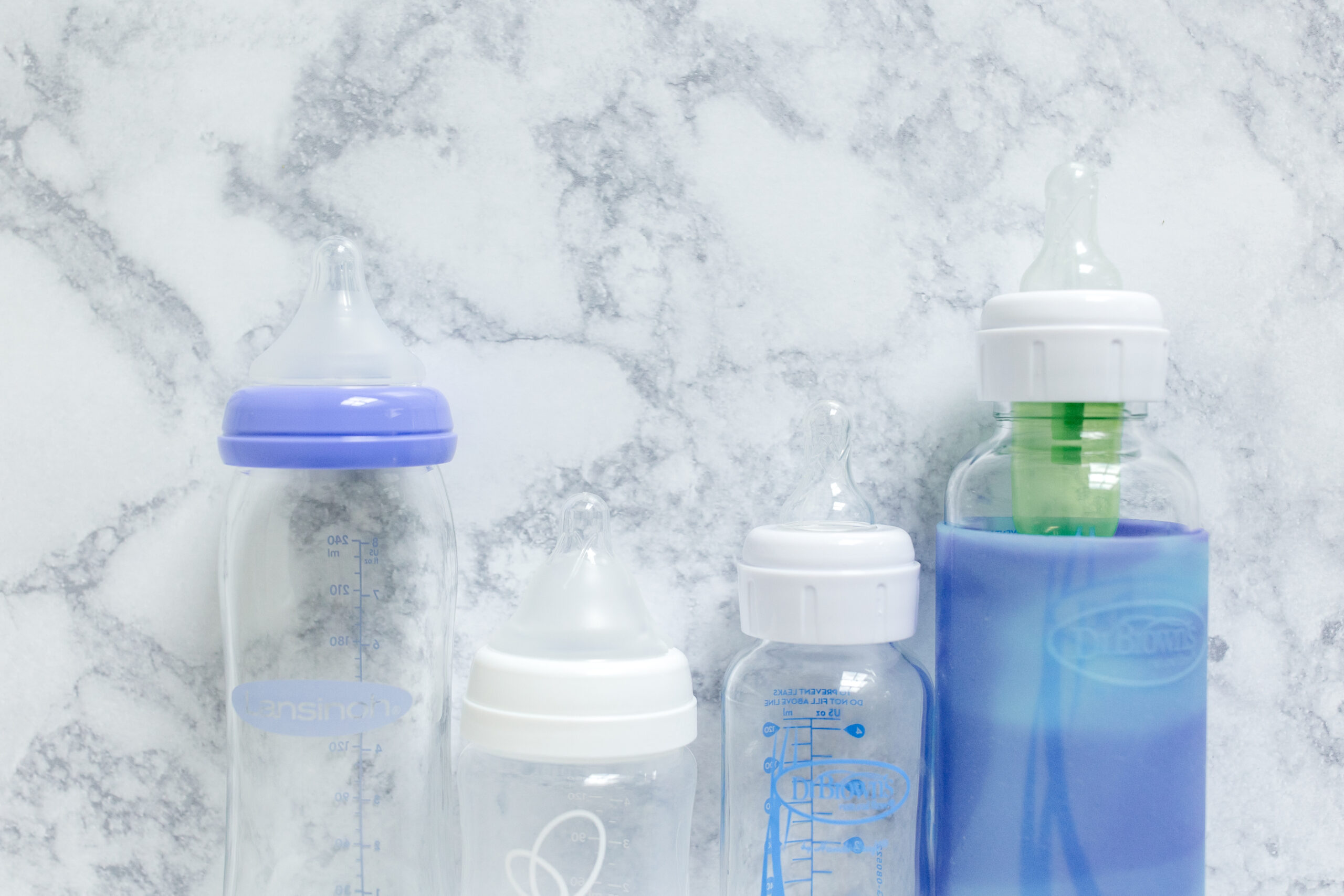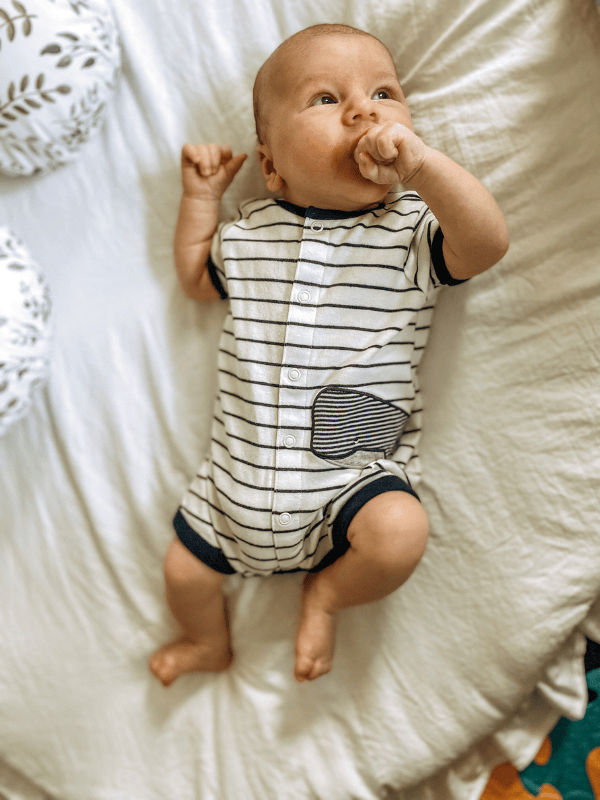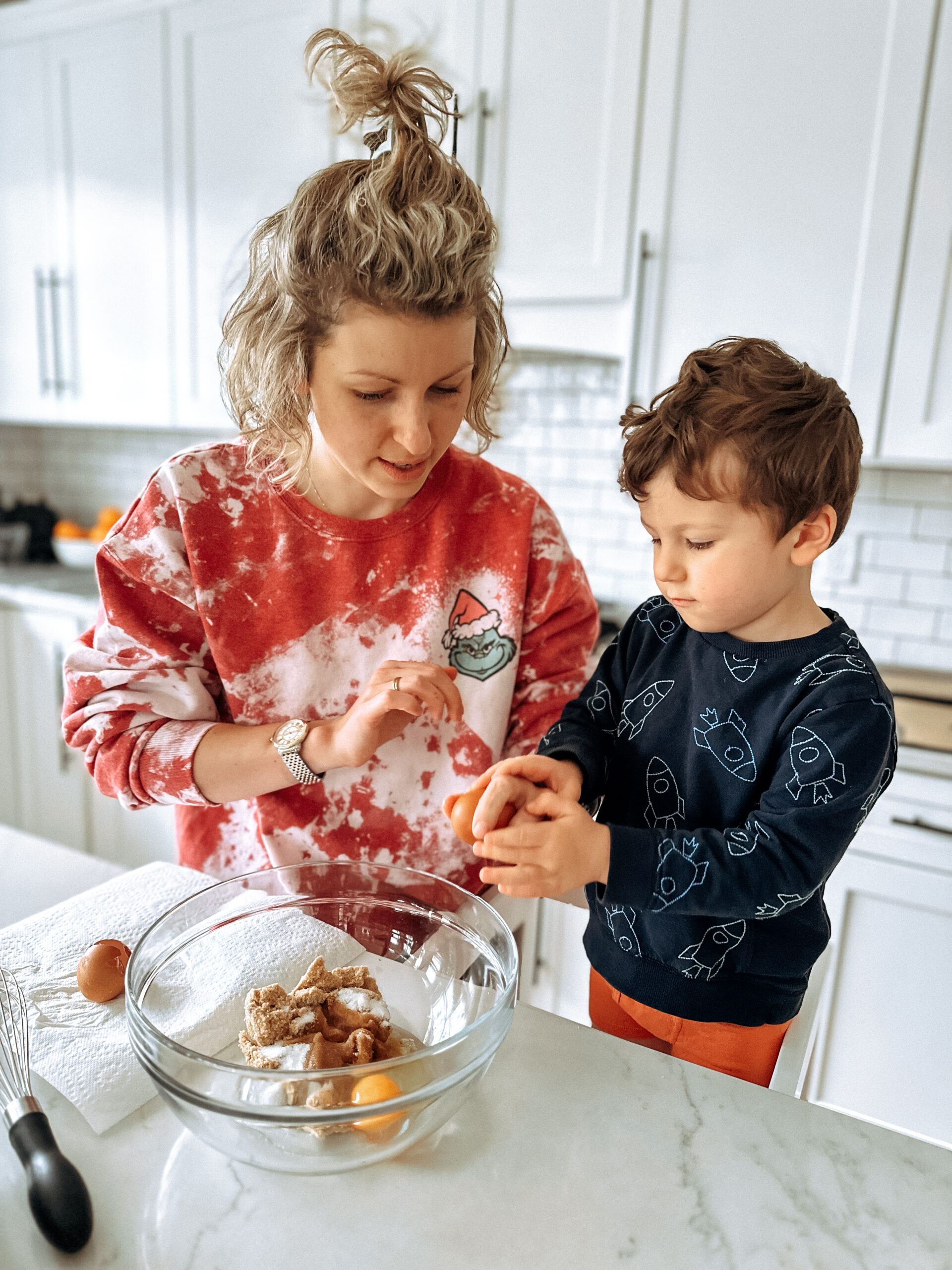This page contains affiliate links. We will receive a commission on qualifying purchases using these links.
Let’s dive right in. I know there is a lot of information out there about putting baby in containers vs not putting baby in containers. Is it good? Is it bad? Why are containers being sold everywhere and considered a ‘must have’ for new moms if “Container Baby Syndrome” is a thing? Well, you have come to the right place. I brought in the occupational therapist on the team, and I am going to answer all your questions and concerns and leave you confident in choosing the best place to set your baby down when you need a minute or two. I got you!
What are “Containers?”
In the therapy world, we refer to a “container” as a product that is containing your baby: (e.g., swings, bouncers, jumpers, supported floor seats, standing/sit in walkers, car seats, strollers, etc.). While these products are marketed for convenience and to help mothers, they are not always the best option for baby’s development.
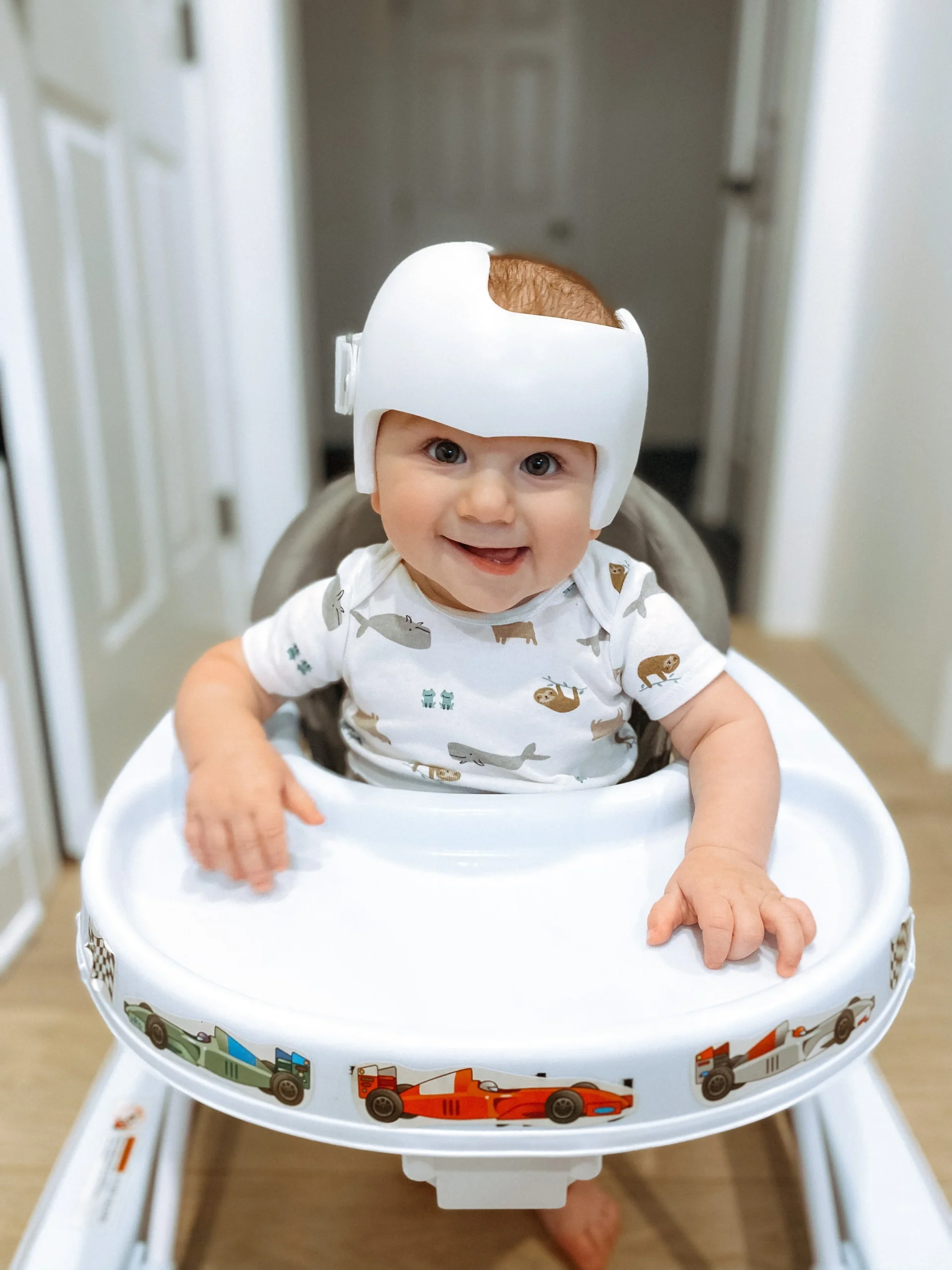
My son, Paul, 7 months, in a “sit in” walker. This is an example of a “ container ” as it is restricting movement and keeping your baby “contained.”
Why Should We Limit Containers?
If we are looking at a baby’s motor development, we know babies develop best when they are laying and playing on the floor (see “Why Your Newborn Should Play on the Floor” blog). So when we put a baby in a container, we are not providing them with the opportunity to move freely and explore being on the floor. We are literally “containing” their movement.
This can lead to Container Baby Syndrome: which is essentially the negative impacts from baby spending too much time in a contained space where they aren’t able to move freely.
This usually looks like delayed motor milestones, perhaps head flattening, or decreased motivation to “move” due to excessive time spent in a container as a young baby.
Sometimes “containing” baby is necessary and inevitable- they have to go in the car, right? Trips to the pediatrician and the grocery store where baby is in the car seat isn’t what we are talking about here. Just to be clear, we are talking about time spent in containers outside of travel (such as at home or daycare).
Containers Can Cause Problems with Development
Containers oftentimes provide unnatural support for baby, which means that using containers puts baby at risk for not learning how to use all of their muscles appropriately.
Think about it. If baby cannot sit independently on the floor or stand independently while holding on to furniture, then how can they all of the sudden sit in a supported seat or stand in a walker on wheels? The container is putting their body in that position. Those developing muscles did not just suddenly kick into gear. The container is actually tricking baby into thinking “hmmm maybe I don’t need all of these muscles to sit or stand- I can lean or use this device for support!”
And while parents may think that their baby is learning new motor skills while using these containers…
The research says it will likely take longer for baby to meet their motor milestones (independent sitting, standing, and walking) if they are placed in supported seats, bouncers, or standing walkers too frequently (1).
We also have to be careful with containers, because they can trick baby (and us) into thinking baby is ready for the next developmental step, when really they are not.
Just because a baby has emerging trunk and head control, DOES NOT mean they are ready to be sitting or standing. Simply put, we should not aim to place a baby in a sitting position who isn’t quite ready to be sitting. Their little bodies are not ready for these positions until their bodies are ready for these positions.
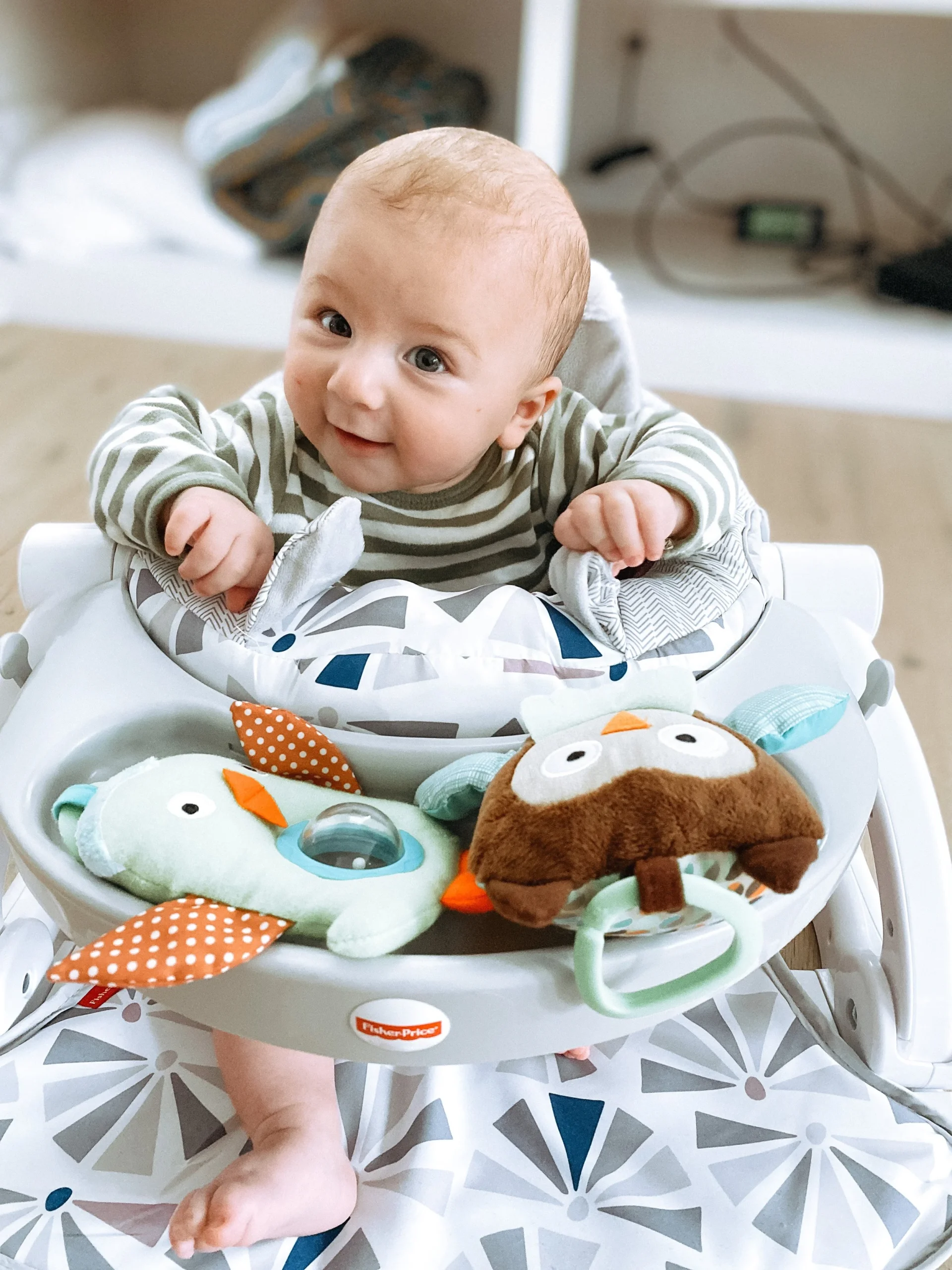
My son, Paul, at 4 months old in a Sit-Me-Up seat. This seat is recommended for 4 months +. But the gross motor and fine motor experts say it’s not the most supportive for baby. And just because a baby is 4 months old, doesn’t mean we should put them in a sitting position.
Many Infant Seats on the Market are Not Recommended
Here is a great example: it is not developmentally appropriate for a baby to jump until they are 2 years old! Their hips are simply not ready for that level of impact until after they have practiced and become an expert walker. So then why are stand-up bouncers and doorway jumpers marketed for babies as young as 4 month olds?! As parents, we just need to be careful.
Just because the packaging says “4m+”, does not always mean it is the best option for our baby at that time.
Also- little tidbit for you– it is actually easier for baby to stand than to sit. That’s right! Sitting takes more work and when standing, baby can rely on their joints to help stabilize them. So if you put a baby in standing positions too early, they may not want to do the work to sit, thus making it harder for parents to keep them happy when they are anywhere except their standing bouncer/jumper/walker.
Sensory Activities for Babies
There is also a sensory component as to why a baby loves their bouncer/jumper. For the first time, baby has found ways, through use of these moveable containers, to provide themselves with some sensory input. Remember, baby is already used to and comforted by sensory movement from floating around in mommy’s belly. Once baby makes a break into the world, their sensory system continues to develop and expand, and they explore new sensory movement and experiences. So while you are thinking your baby is loving their bouncer or swing, they are actually loving the sensory experience the bouncer and swing provide. PLOT TWIST!
Here are some ways to provide baby with sensory experience that are more developmentally appropriate:
-
Blanket swing: Lie your baby in the center of a blanket on their back. You grab 2 corners of the blanket and have your partner grab the other 2 corners. Pick the blanket up off the ground and lightly swing baby side to side. Great for babies at any age.
-
Airplane ride/horsey ride: Lie on your back with your legs bent, then place baby in tummy time on your shins. Hold baby steady as you lightly bounce them up and down with your legs. Perfect for babies who are beginning to lift their head in tummy time (around 2-3 months).
-
Bouncing on your legs: When baby is starting to show interest in sitting, you can start by placing their back against your belly and bouncing your knees up and down. As baby gets more independent in sitting, you can move them away from your body and place them on your legs as your bounce them to increase the sensory input.
-
Diaper box/laundry basket rides: Place your baby in a laundry basket or diaper box (you can add extra support with a towel or blanket). Sit in front of the basket and lightly pull your baby forward, push them backwards, and move them side to side for their first ride. Perfect for babies who are beginning to sit unsupported (around 6 months).
-
Upright swing: Placing baby in a seated outdoor (or indoor) swing and swinging them lightly back and forth is a great way to provide a calming sensory experience. Make sure your baby is sitting independently, holding their head upright, and using a swing with a 4 point harness for security,
Are any containers appropriate for my baby?
Okay! So this is all great information, but sometimes reality sets in and you need somewhere to set them down or keep them entertained, especially when you have multiples or other kiddos to attend to. Or you just need to pee. I get it! I am a mom, too.
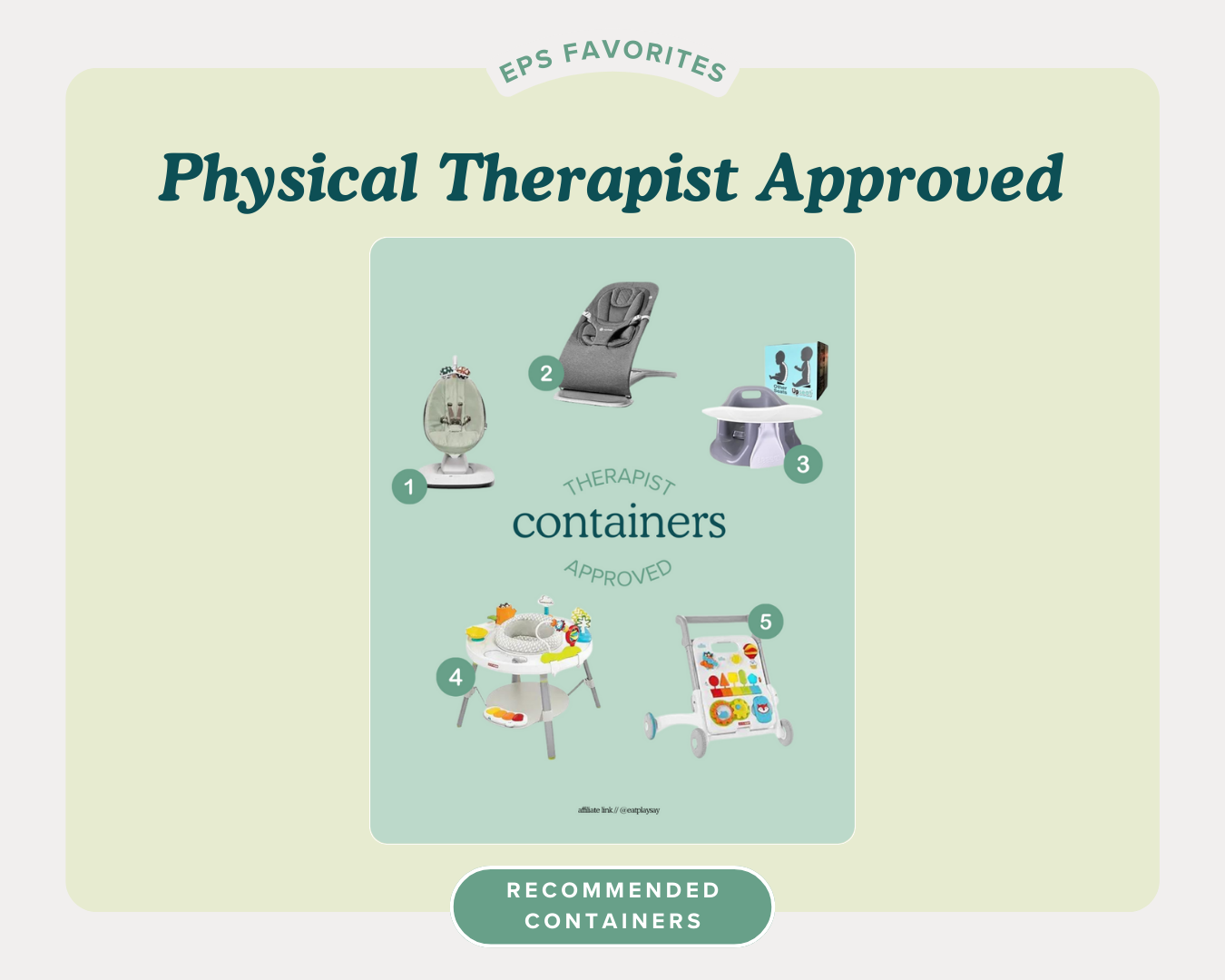
Recommendations for Using Containers
-
Limit container usage for 10-20 minutes a few times a day if you can (remember this is OUTSIDE of traveling in the car or stroller)
-
Use supported seats and bouncers that are PT/OT approved:
-
Mamaroo: The two big things that I look for when looking at containers, is multiple adjustments/recline levels and inserts for newborns. The Mamaroo has both! The newborn insert allows for proper head and trunk positioning from day 1 and the recline feature allows you to adjust the device as your baby grows – we say that the “flat” option is best so baby does not squish their chin into their chest while they are still developing head and trunk control.
-
Ergo Evolve Baby Bouncer: Again, I like this bouncer because it is super adjustable (you can adjust the angle of the bounce seat) and it can grow with your baby. The newborn insert allows for proper head and hip positioning from day 1. Then as your baby reaches around 4 months, you can take out the insert and they have plenty of room to move around. I also like that it is not mechanical, so the bouncing is just coming from your baby’s movements which is a more natural sensory experience.
-
UpSeat: To be used once baby is holding their head up on their own and beginning supported sitting (bearing weight through arms while seated on the floor) which typically happens around 4 months. The UpSeat is designed with a slightly slanted base which positions the baby is a more natural upright sitting position and forces them to engage their core vs other seats which cup baby’s bottom which actually encourage them to sit back on their hips, round their back, and have no reason to use their core at all. The UpSeat is a fan favorite and the OT on the team has used it with her baby!
-
Skip Hop Standing Bouncer: Just like swings and seats, we are looking for products with multiple adjustments. This bouncer is a great alternative for a jumper because it can convert into a free cruising activity table. There is also an adjustable foot plate which can be moved up or down based on baby’s height (baby’s feet should be flat on the ground to discourage standing/bouncing on their tip toes. To be used once baby is full weight bearing in standing (at least 7-8 months+).
-
Skip Hop Push Walker: Push walkers are fabulous because they do not alternate the way your baby’s body is positioned for standing. Leaning forward is a natural notion for early walkers, so push walkers are perfect! You can get them out for standing once baby has started full weight bearing (7-8 months+). However, the slanted activity board in the front of the walker is actually perfect for your little one to work on leaning in sitting, side sitting, and kneeling. So really the product can be used as early as 6 months. But back to standing- I like to the lock the breaks and wedge these up against a couch and baby can use it as a stander until they are ready to take their first steps. This one is my favorite because the handle bar is adjustable (so you can make it the perfect height for your little one) and it converts into a shopping cart and stroller so it will grow with your little walker.
**Remember the AAP does not recommend babies sleep in ANY of these devices. Should your baby fall asleep while using them, you should remove them and place them in a safe sleep place.
What is the best alternative to a container?
I believe a must-have for all families is a good old fashioned play pen.
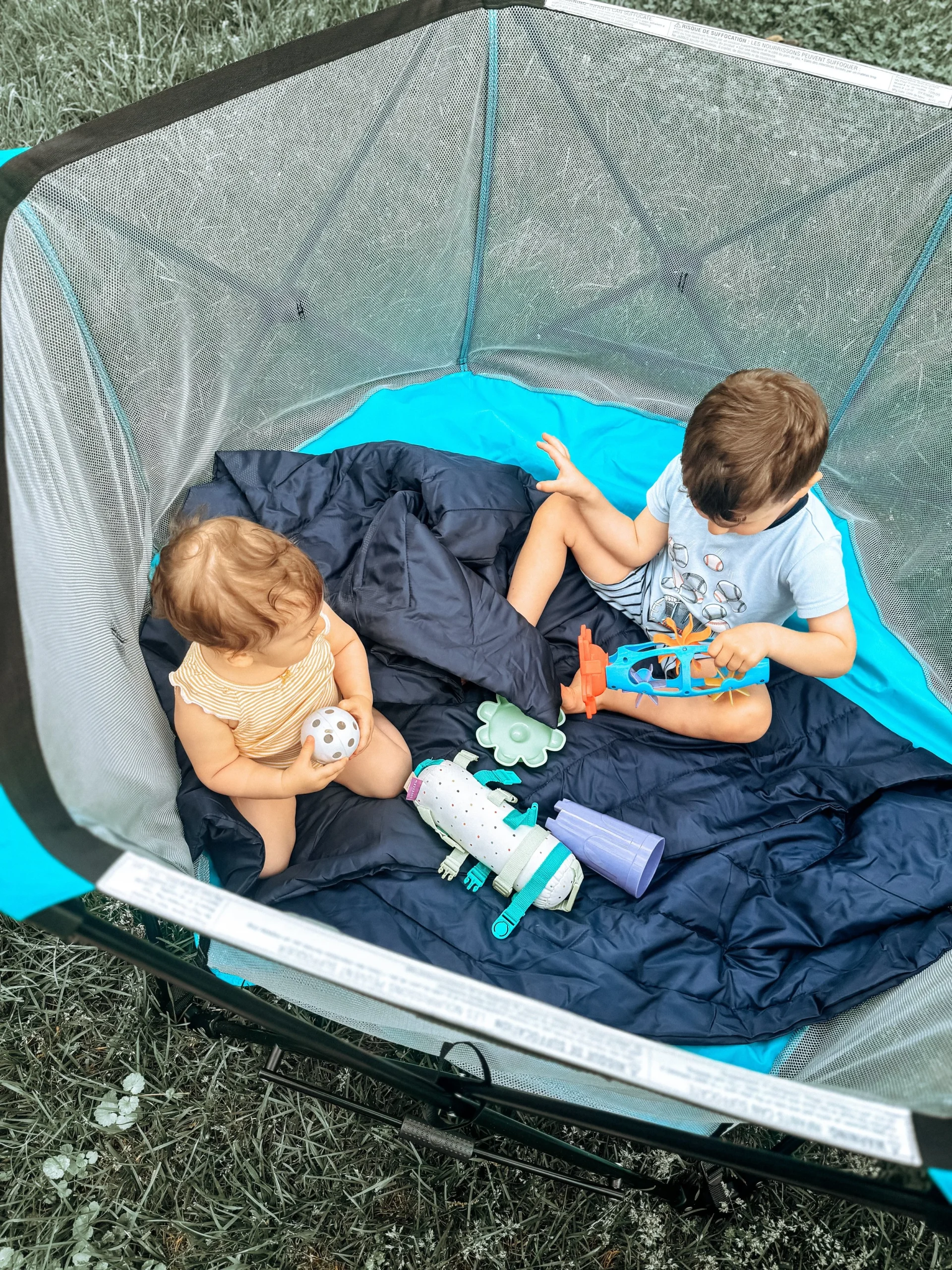
We love our playpen !
Perfect for inside, or outside! Allows baby to move freely in a “contained” space- and will grow with your little one! Take it to the park, the beach, or the backyard!
Play pens are absolutely perfect places to set your baby down during all stages of development. We love the Regalo play pen because it is retractable. You can leave it packed in the closet then get it out at any time and anywhere to place baby when you need to set them down. Play pens are also great for keeping our beloved fur siblings from getting all up on baby while they are playing on the floor.
Baby Wearing is Recommended
Don’t forget baby wearing! Baby wearing is a great way to keep your baby happy while also getting some stuff done around the house, going to the store, etc.
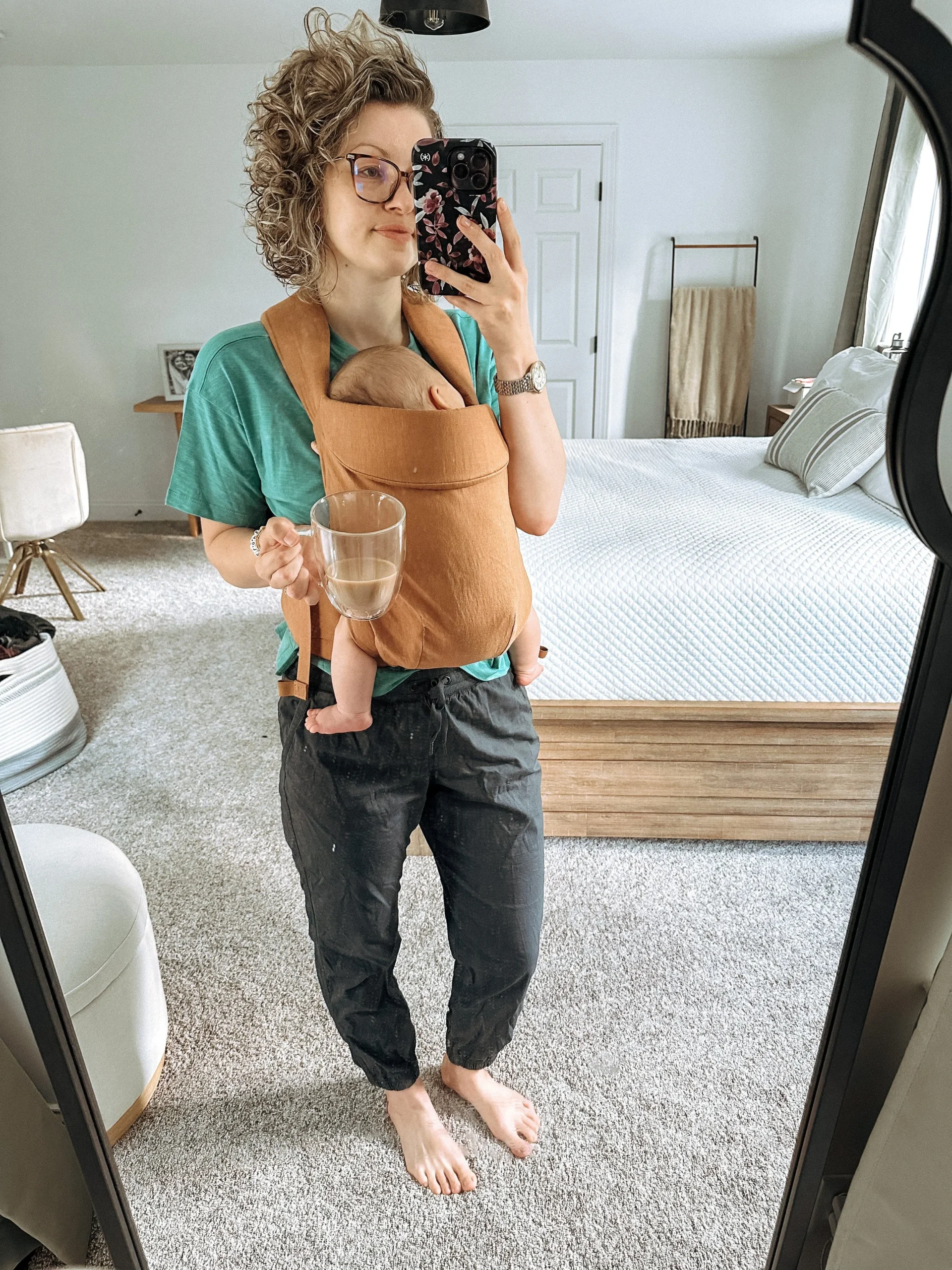
Hip healthy carriers can help you multi-task! This carrier is my favorite and the most breathable (hello summer babies!) Keep those hands free, snuggle, and nap all in one!
Containers are Not “Bad”
They are just not optimal and they come with limitations that parents deserve to be aware of and should be used with caution! Find your balance- you got this!
Are you getting the most out of playtime with baby?
Let’s make sure you are!







